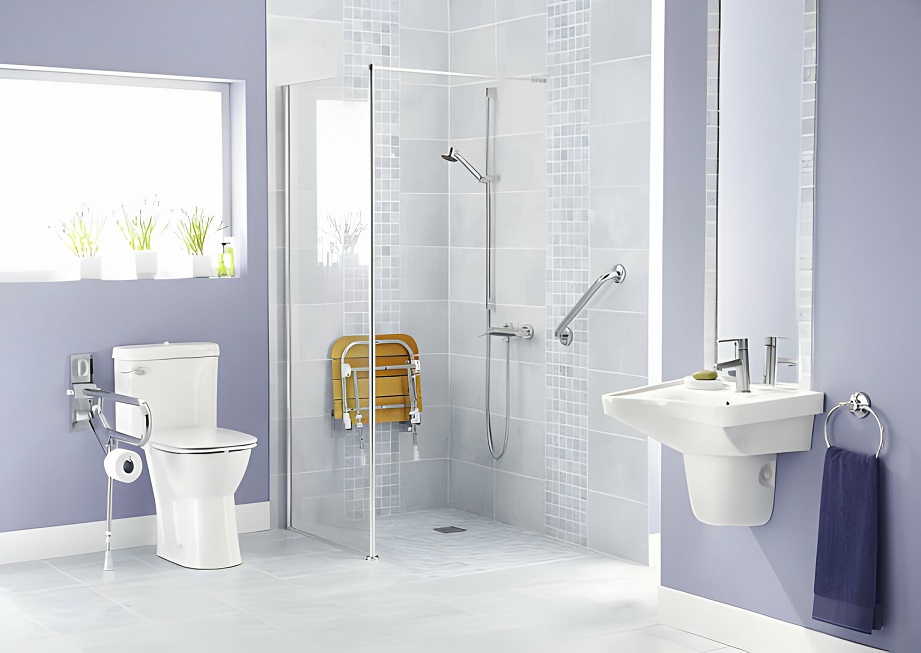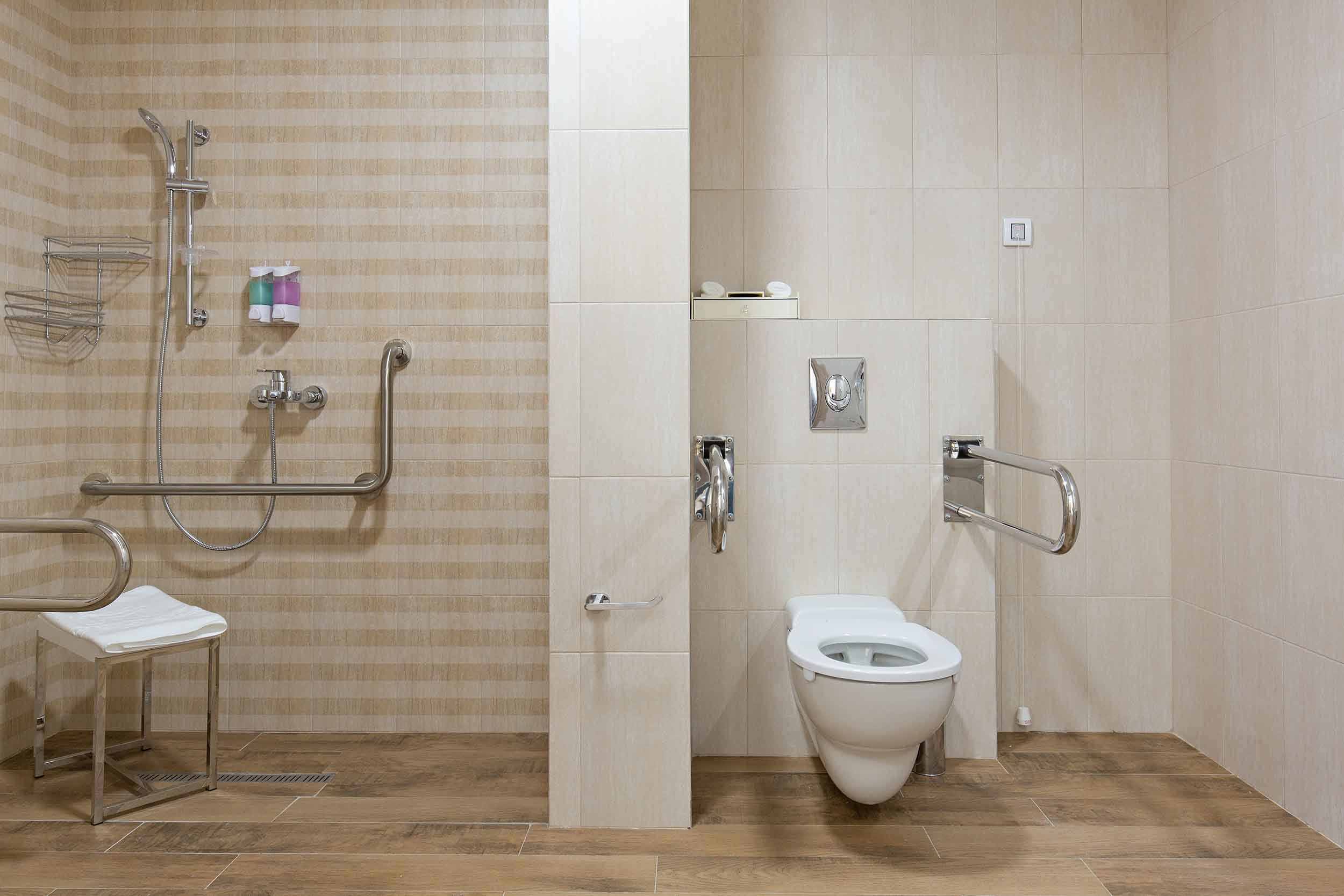Bathrooms are essential parts of any home, yet they often pose safety challenges due to their inherent wet and slippery environment. Implementing bathroom slip resistant coatings is crucial to prevent accidents and enhance safety. Let’s explore the benefits, types, and applications of these coatings to ensure your bathroom remains a safe haven for all.

The Importance of Slip Resistant Coatings
The bathroom is one of the most accident-prone areas in the house, especially for seniors and children. Slip resistant coatings provide a layer of safety by reducing the risk of slips and falls. Understanding the necessity of these coatings can guide homeowners in making informed decisions for bathroom improvements.
Reducing Slip and Fall Accidents
According to the MedlinePlus, falls are a leading cause of injury in older adults. By applying slip resistant coatings, homeowners can significantly reduce the likelihood of accidents, ensuring safer bathroom environments for everyone.
Enhancing Bathroom Safety
Slip resistant coatings are not just about preventing accidents; they enhance the overall safety of the bathroom. These coatings are particularly beneficial for households with young children or elderly members who are more susceptible to slips.
For more tips on improving bathroom safety for vision impaired individuals, check out our guide on bathroom safety.
Types of Slip Resistant Coatings
There are various types of slip resistant coatings available, each designed to cater to different needs and preferences. Let’s delve into some popular options.
Epoxy Coatings
Epoxy coatings are a popular choice due to their durability and strength. They form a hard, protective layer that is resistant to water and chemicals, making them ideal for bathrooms.
Anti-Slip Paints
Anti-slip paints have gritty textures that provide excellent traction. These paints come in various colors and finishes, allowing homeowners to customize their bathroom’s look while maintaining safety.
Non-Slip Tiles
Non-slip tiles are specifically designed with textured surfaces that prevent slipping. They are available in numerous designs, giving homeowners plenty of aesthetic options.
Application of Slip Resistant Coatings
Applying slip resistant coatings requires careful planning and execution. Here are some essential steps to ensure effective application.
Preparation of the Surface
Before applying any coating, it’s crucial to prepare the surface properly. This involves cleaning the area thoroughly to remove dirt and grime, ensuring the coating adheres well.
Application Techniques
The application process varies depending on the type of coating used. Generally, coatings are applied using brushes, rollers, or spray equipment. It’s important to follow the manufacturer’s instructions for best results.
For more information on bathroom safety for arthritis sufferers, explore our article on arthritis safety.
Maintaining Slip Resistant Coatings
Maintenance is key to ensuring the longevity and effectiveness of slip resistant coatings. Regular cleaning and inspection help keep the coatings in top condition.
Cleaning Tips
Use mild, non-abrasive cleaners to maintain the coating’s integrity. Avoid harsh chemicals that might degrade the coating over time.
Regular Inspections
Periodically check for wear and tear. Reapply coatings if necessary to maintain optimal safety levels.
Benefits of Slip Resistant Coatings
Implementing slip resistant coatings offers numerous advantages beyond safety. Let’s explore some of these benefits.
Increased Property Value
Homes with safety features such as slip resistant coatings often have higher market values. Potential buyers recognize the added safety and durability these coatings provide.
Enhanced Aesthetic Appeal
Many slip resistant coatings come in various colors and finishes, allowing homeowners to enhance their bathroom’s aesthetic appeal while ensuring safety.
Choosing the Right Coating
Selecting the appropriate slip resistant coating depends on several factors, including budget, bathroom size, and personal preferences.
Consulting Professionals
When in doubt, consult professionals to help choose and apply the right coating for your bathroom. They can provide valuable insights and ensure the coating is applied correctly.
To learn more about bathroom safety sensors, visit our page on safety sensors.
Environmental Considerations
Consider the environmental impact of the coatings you choose. Opt for eco-friendly options to minimize your carbon footprint.
Sustainable Materials
Many manufacturers now offer sustainable coatings made from environmentally friendly materials. These options are not only safe for your family but also for the planet.
Conclusion
Implementing bathroom slip resistant coatings is a wise investment for homeowners looking to enhance safety and comfort. With various options available, homeowners can choose coatings that best suit their needs and preferences. By following proper application and maintenance techniques, these coatings can provide long-lasting safety benefits.

FAQs
What is the best type of slip resistant coating for bathrooms?
The best type depends on your specific needs. Epoxy coatings are durable, while anti-slip paints and non-slip tiles offer excellent traction and aesthetic options.
How often should slip resistant coatings be reapplied?
It varies based on the type and usage of the bathroom. Regular inspections can help determine when reapplication is necessary.
Are slip resistant coatings environmentally friendly?
Many manufacturers offer eco-friendly options. Always check the product label for information on environmental impact.
This article contains affiliate links. We may earn a commission at no extra cost to you.

